Machine Learning, Data Science and Generative AI with Python
Loại khoá học: Development
Complete hands-on machine learning and AI tutorial with data science, Tensorflow, GPT, OpenAI, and neural networks
Mô tả
New! Updated with extra content and activities on generative AI, transformers, GPT, ChatGPT, the OpenAI API, and self attention based neural networks!
Machine Learning and artificial intelligence (AI) is everywhere; if you want to know how companies like Google, Amazon, and even Udemy extract meaning and insights from massive data sets, this data science course will give you the fundamentals you need. Data Scientists enjoy one of the top-paying jobs, with an average salary of $120,000 according to Glassdoor and Indeed. That's just the average! And it's not just about money - it's interesting work too!
If you've got some programming or scripting experience, this course will teach you the techniques used by real data scientists and machine learning practitioners in the tech industry - and prepare you for a move into this hot career path. This comprehensive machine learning tutorial includes over 130 lectures spanning over 18 hours of video, and most topics include hands-on Python code examples you can use for reference and for practice. I’ll draw on my 9 years of experience at Amazon and IMDb to guide you through what matters, and what doesn’t.
Each concept is introduced in plain English, avoiding confusing mathematical notation and jargon. It’s then demonstrated using Python code you can experiment with and build upon, along with notes you can keep for future reference. You won't find academic, deeply mathematical coverage of these algorithms in this course - the focus is on practical understanding and application of them. At the end, you'll be given a final project to apply what you've learned!
The topics in this course come from an analysis of real requirements in data scientist job listings from the biggest tech employers. We'll cover the A-Z of machine learning, AI, and data mining techniques real employers are looking for, including:
Deep Learning / Neural Networks (MLP's, CNN's, RNN's) with TensorFlow and Keras
How modern generative AI works with transformers (GPT), self-attention, and large language models
Using the OpenAI API for GPT and ChatGPT
Fine-tuning GPT with your own training data (complete with an example of creating your own Commander Data from TV!)
Creating synthetic images with Variational Auto-Encoders (VAE's) and Generative Adversarial Networks (GAN's)
Data Visualization in Python with MatPlotLib and Seaborn
Transfer Learning
Sentiment analysis
Image recognition and classification
Regression analysis
K-Means Clustering
Principal Component Analysis
Train/Test and cross validation
Bayesian Methods
Decision Trees and Random Forests
Multiple Regression
Multi-Level Models
Support Vector Machines
Reinforcement Learning
Collaborative Filtering
K-Nearest Neighbor
Bias/Variance Tradeoff
Ensemble Learning
Term Frequency / Inverse Document Frequency
Experimental Design and A/B Tests
Feature Engineering
Hyperparameter Tuning
...and much more! There's also an entire section on machine learning with Apache Spark, which lets you scale up these techniques to "big data" analyzed on a computing cluster.
If you're new to Python, don't worry - the course starts with a crash course. If you've done some programming before, you should pick it up quickly. This course shows you how to get set up on Microsoft Windows-based PC's, Linux desktops, and Macs.
If you’re a programmer looking to switch into an exciting new career track, or a data analyst looking to make the transition into the tech industry – this course will teach you the basic techniques used by real-world industry data scientists. These are topics any successful technologist absolutely needs to know about, so what are you waiting for? Enroll now!
"I started doing your course... Eventually I got interested and never thought that I will be working for corporate before a friend offered me this job. I am learning a lot which was impossible to learn in academia and enjoying it thoroughly. To me, your course is the one that helped me understand how to work with corporate problems. How to think to be a success in corporate AI research. I find you the most impressive instructor in ML, simple yet convincing." - Kanad Basu, PhD
Bạn sẽ học được gì
Build artificial neural networks with Tensorflow and Keras
Implement machine learning at massive scale with Apache Spark's MLLib
Classify images, data, and sentiments using deep learning
Make predictions using linear regression, polynomial regression, and multivariate regression
Data Visualization with MatPlotLib and Seaborn
Understand reinforcement learning - and how to build a Pac-Man bot
Classify data using K-Means clustering, Support Vector Machines (SVM), KNN, Decision Trees, Naive Bayes, and PCA
Use train/test and K-Fold cross validation to choose and tune your models
Build a movie recommender system using item-based and user-based collaborative filtering
Clean your input data to remove outliers
Design and evaluate A/B tests using T-Tests and P-Values
Yêu cầu
- You'll need a desktop computer (Windows, Mac, or Linux) capable of running Anaconda 3 or newer. The course will walk you through installing the necessary free software.
- Some prior coding or scripting experience is required.
- At least high school level math skills will be required.
Nội dung khoá học
Viết Bình Luận
Khoá học liên quan

Đăng ký get khoá học Udemy - Unica - Gitiho giá chỉ 50k!
Get khoá học giá rẻ ngay trước khi bị fix.

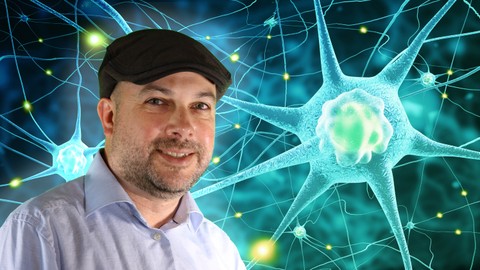

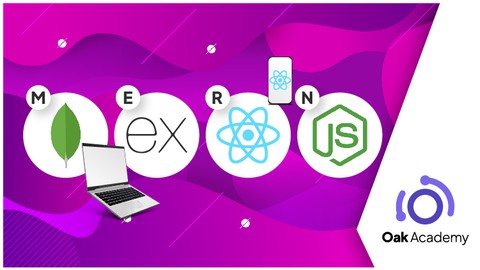



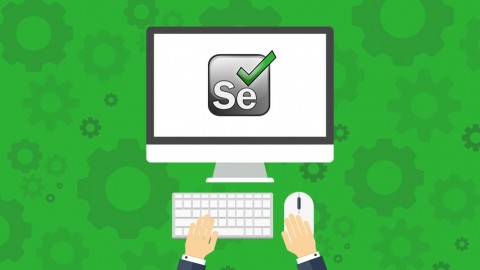

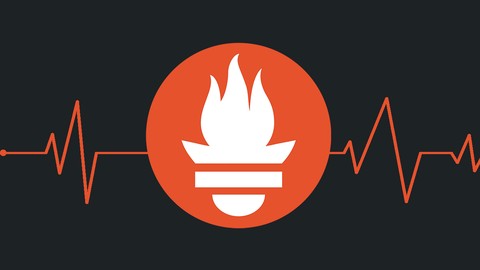

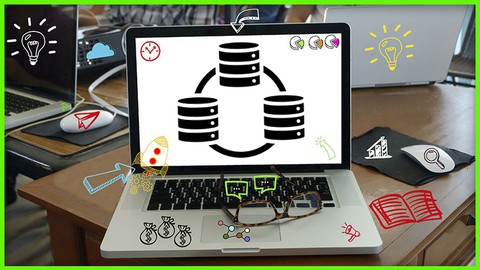


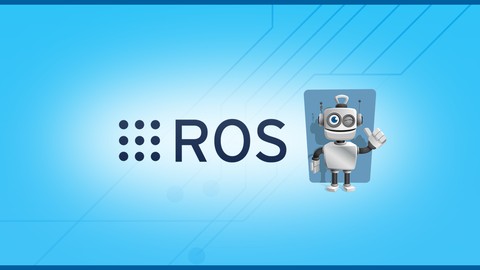
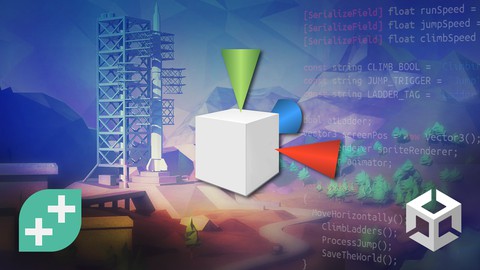

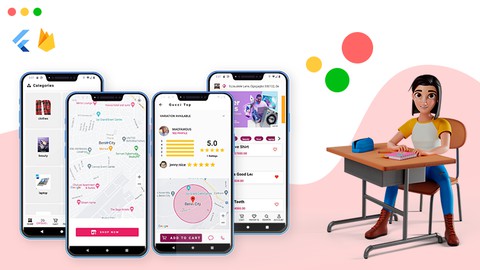
Đánh giá của học viên
Bình luận khách hàng